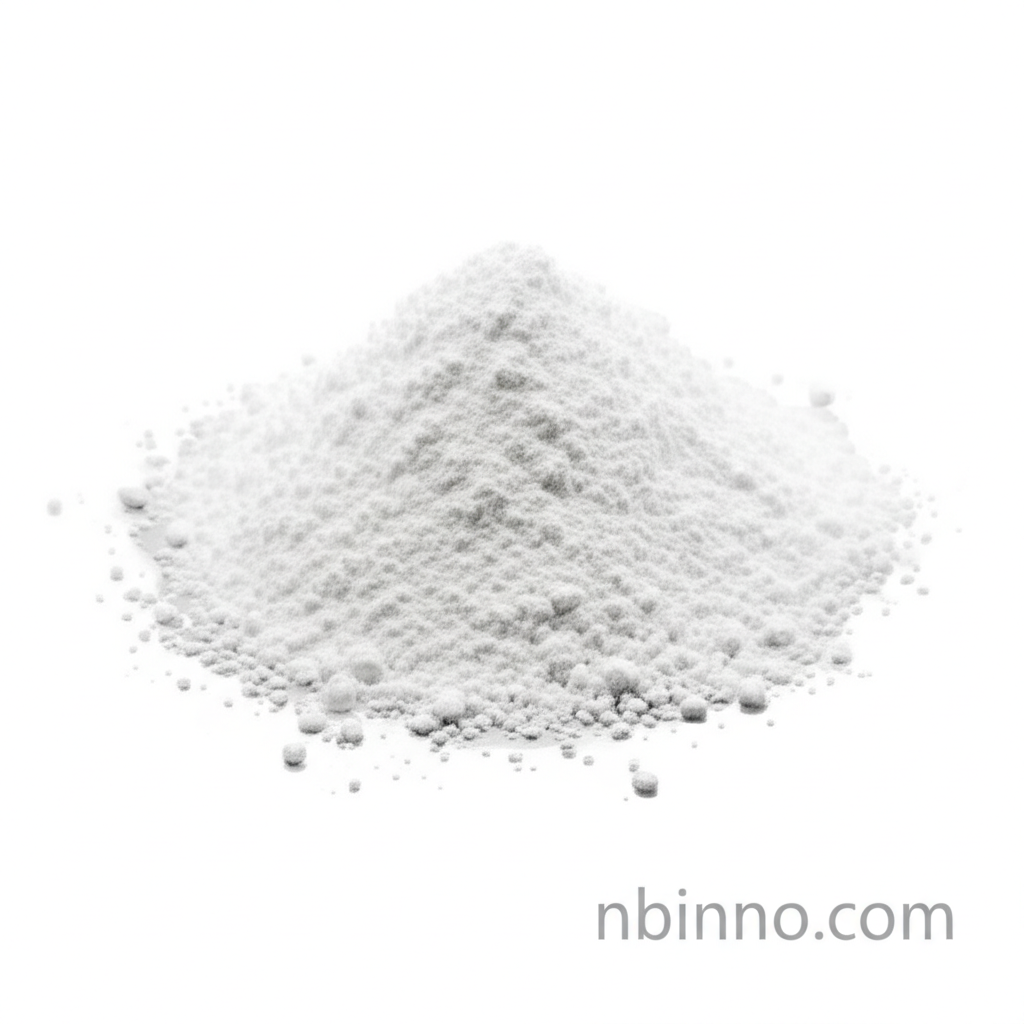Unlock Advanced Synthesis with a Premier Ruthenium Catalyst
Discover the power of Carbonyldihydridotris(triphenylphosphine)ruthenium(II) for your complex chemical transformations.
Get a Quote & SampleProduct Core Value

Carbonyldihydridotris(triphenylphosphine)ruthenium(II)
This high-purity organometallic compound serves as a critical catalyst in a wide array of synthetic organic chemistry applications, enabling precise control and efficient outcomes in complex molecular construction.
- Facilitate C-C coupling via directed C-H activation, a key process for building molecular complexity efficiently.
- Catalyze the oxidation of primary alcohols to methyl esters, offering a reliable method for functional group transformation.
- Enable the rearrangement of oximes to amides, a valuable reaction for synthesizing amide functionalities.
- Drive the conversion of 1,4-alkynediols into pyrroles, a crucial step in heterocyclic synthesis.
Key Advantages Offered
Versatile Catalytic Activity
Leverage its broad utility as a catalyst, from C-H activation to oxidation and rearrangement reactions, streamlining your research and development processes.
High Purity and Reliability
Ensure consistent and reproducible results with a product renowned for its high purity, meeting stringent demands for critical synthetic steps.
Enables Complex Syntheses
Utilize this catalyst for intricate molecular architectures, including heterocyclic synthesis and directed functionalization, pushing the boundaries of chemical innovation.
Key Applications
Organic Synthesis
As a catalyst for C-C coupling via directed C-H activation, it is indispensable for creating complex organic molecules.
Chemical Manufacturing
Its role in processes like the oxidation of primary alcohols to methyl esters makes it vital for industrial chemical production.
Heterocyclic Chemistry
The catalyst facilitates the conversion of alkynediols to pyrroles, a core application in heterocyclic synthesis.
Academic Research
Researchers utilize this compound to explore new reaction pathways and understand catalysis mechanisms, contributing to advancements in the field of organometallic chemistry.
